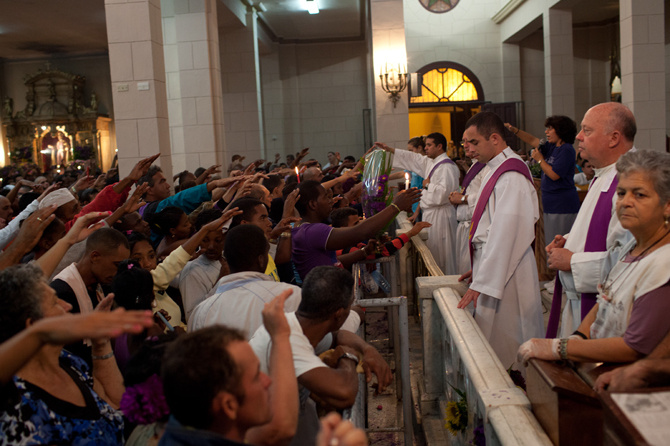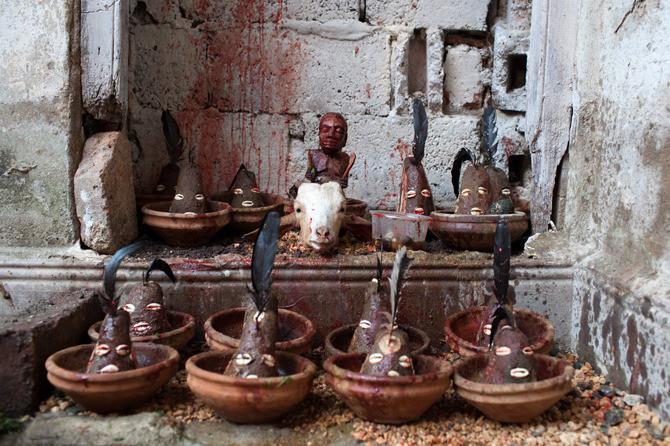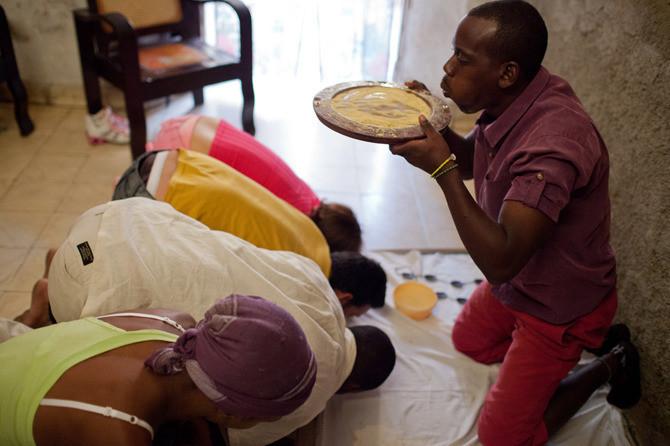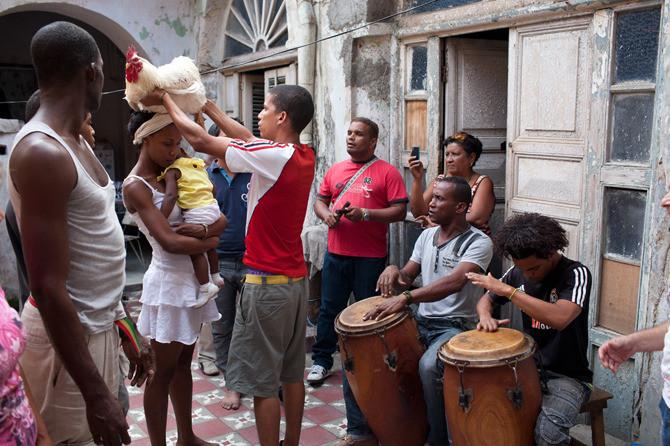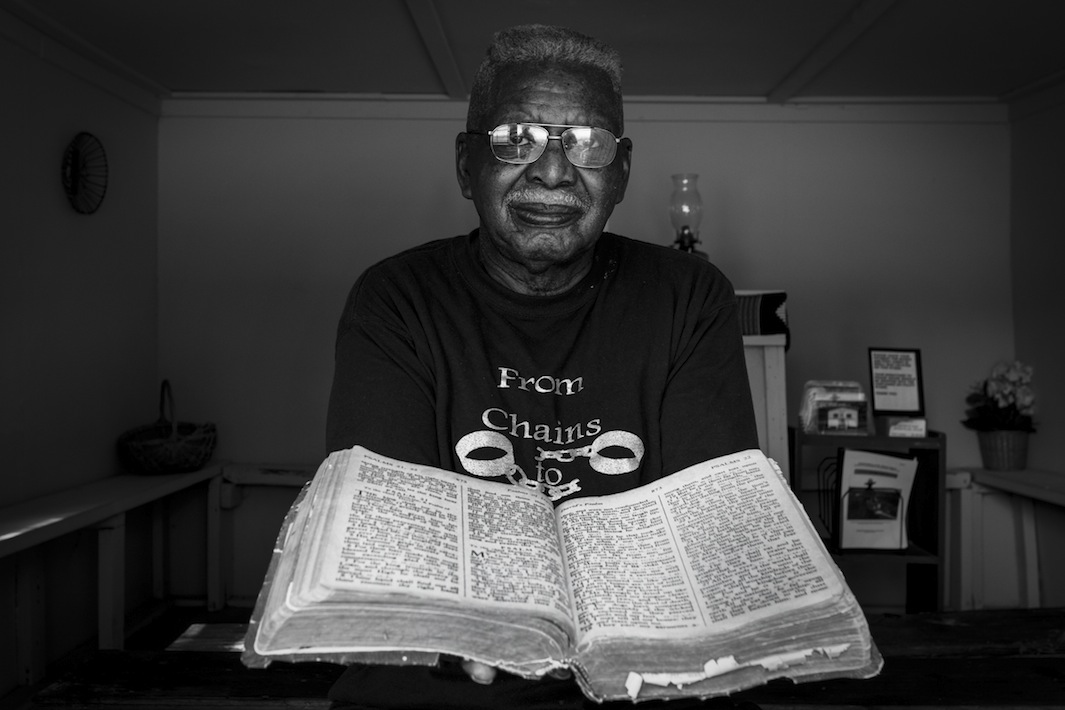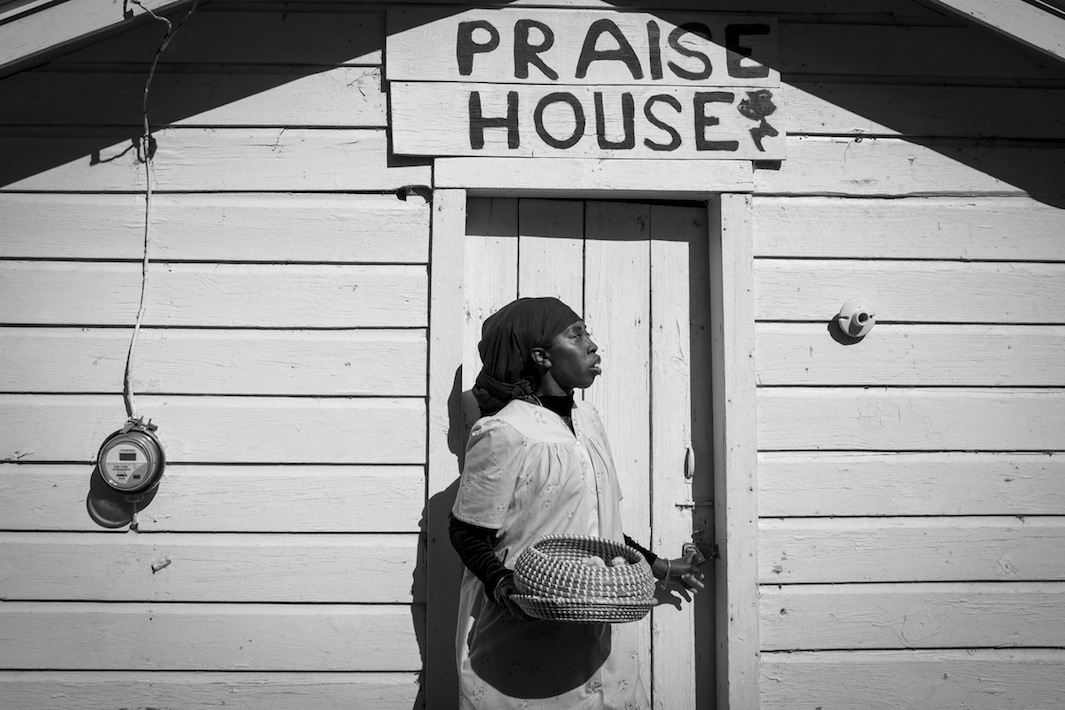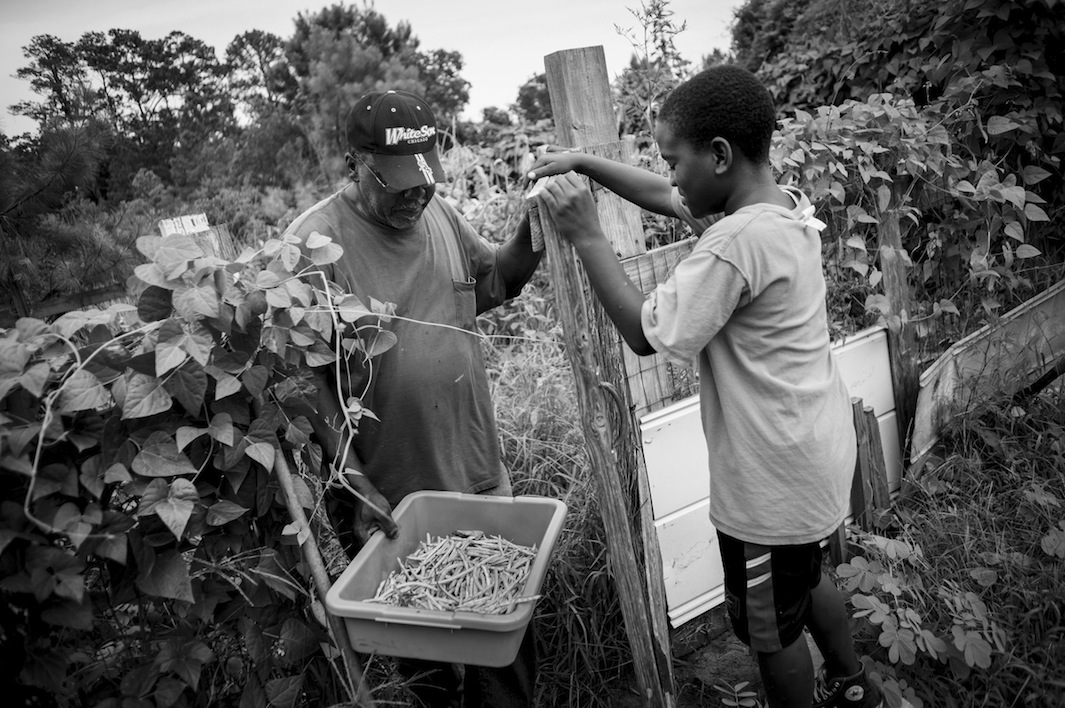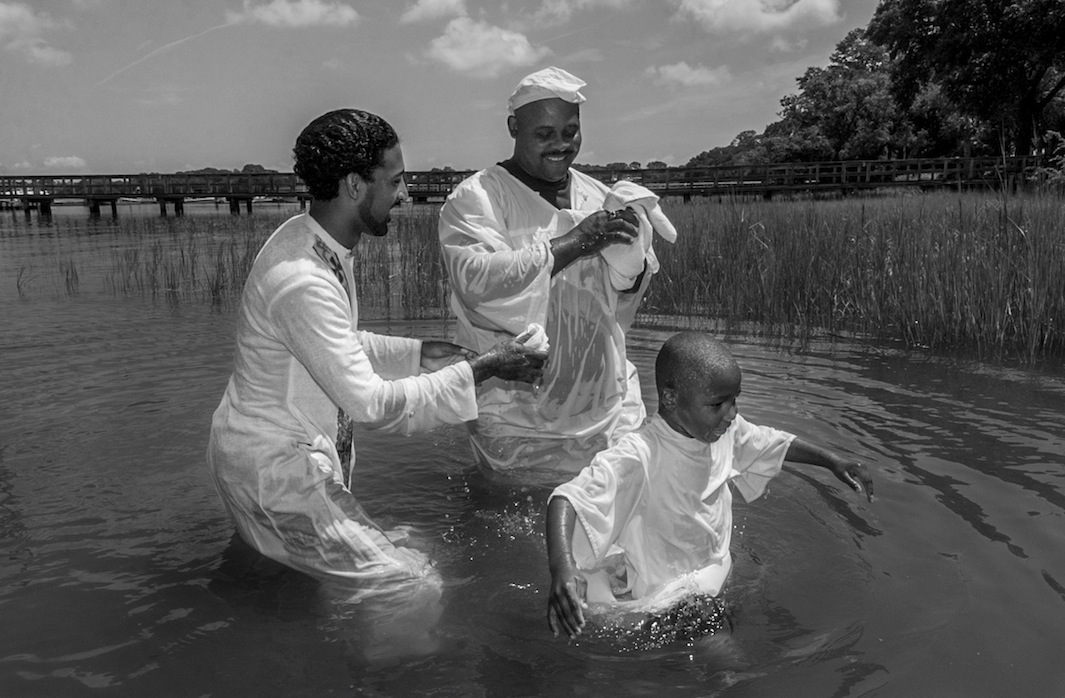This was my second time reading Shange’s Sassafrass, Cypress & Indigo. I looked more delicately at the recipes woven throughout the story. They are the yarn through which Hilda Effania/Mama stays connected to her daughters after they leaver her house. With the first line of the novel in mind (“When there is a woman, there is magic”), I think, especially as a child, there is a magic in motherhood. Mama knows how to heal wounds and almost always has advice that reassures. But as her daughters grow older and leave the nest, Mama finds that some of her advice seems to have staled (though, not for a lack of trying) in reaching the new lifestyles her daughters are living on their own. At moments when Sassafrass & Cypress are more distant from their mama’s hopes for their future/livelihood/womanhood, they find comfort and connection in her recipes.
Cypress has a recipe—My Mama & Her Mama ‘Fore Her: Codfish Cakes (Accra). The ingredients have immortalized over time, bridging the connection and comfort of generations; Mama’s recipes are magic that transcend time and space. Cypress is across the country from her home but—through cooking—in dialogue with the love of her maternal roots.
Mama’s Kwanza Recipe (for Sassafrass): Duck with Mixed Oyster Stuffing
1 duck, 5-7 pounds, cleaned & seasoned 1 medium onion, chopped
1 pan cornbread 1 teaspoon paprika
2 tablespoons butter 1 ground red pepper pod
1/2 cup celery, chopped 1 dozen oysters (medium)
Salt & fine black pepper to taste 1 cup pecans, chopped
Wet the cornbread, break into bits and fry in the butter with the celery and onion. Add seasonings. As mixture gets crisp, add oysters & pecans. Stuff your duck & bake in a 450° oven for 15 minutes, then lower to 350° and bake 15 minutes for each pound. Baste every 15 minutes. Don’t forget to cover the bottoms of the pan with water, and be sure to keep the duck tightly covered until the last 15 minutes, when the skin can be brown.
Mama is pained that Sassafrass trades in Christmas for Kwanza (“When you said you weren’t having Christmas, I kept wondering where I had failed”), but she sends a recipe for her daughter’s holiday feast. Mama’s love and recipe from home transcends distance, and takes a seat at her daughter’s table. It’s her way of participating in her daughter’s life without physically being there. The recipe name (“Kwanza” replaces “Christmas”) Mama coins speaks to how recipes are like letters constantly in dialogue; they are conversations not fixed, but alive and shaped by the artists of each generation.
~~~~~~~~~~~~~~~~~~~~~~~~~~~~~~~~~~~~~~~~~~~~~~~~~~~~~~~~~~~~~~~~~~~~~~~~~~~~~~~~~~~~~~~~
Throughout reading the novel, I listened to Martha Reeves & The Vandellas album Dancing in the Street, and I thought I’d share my favorite song!


